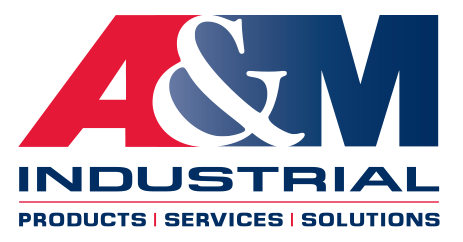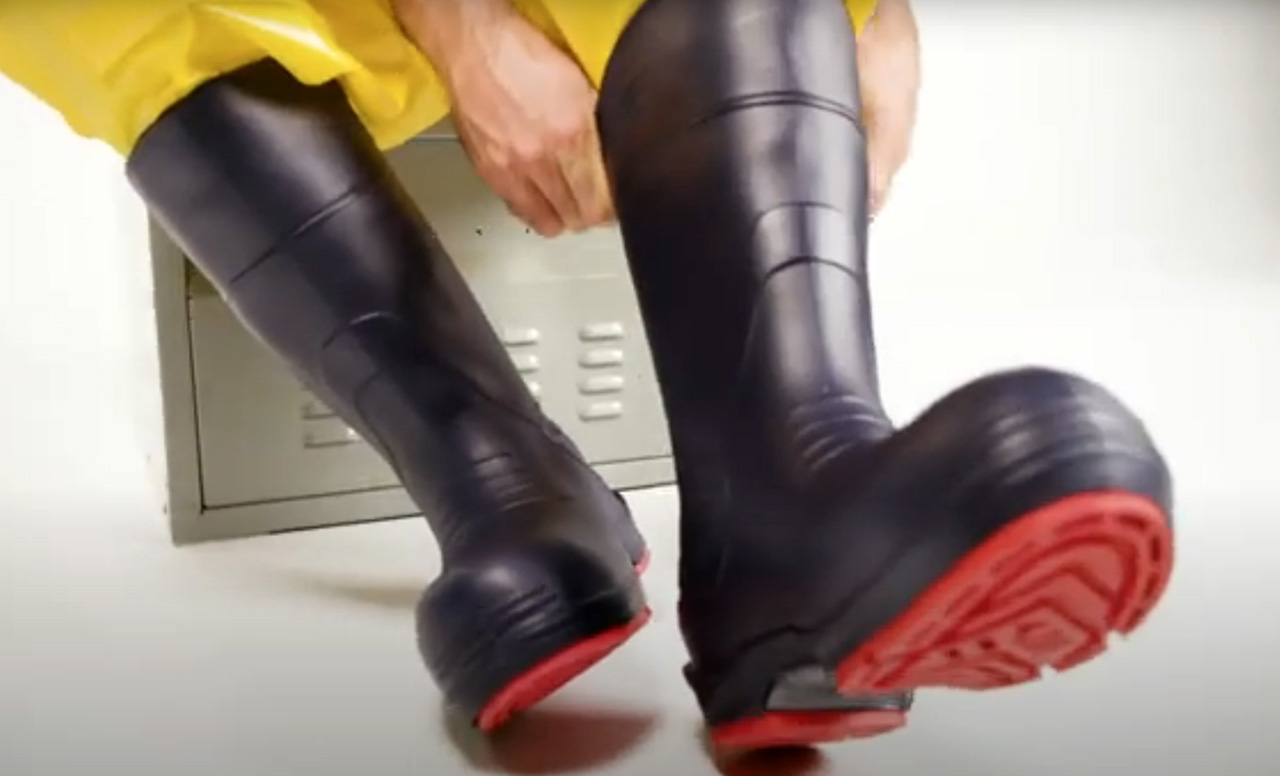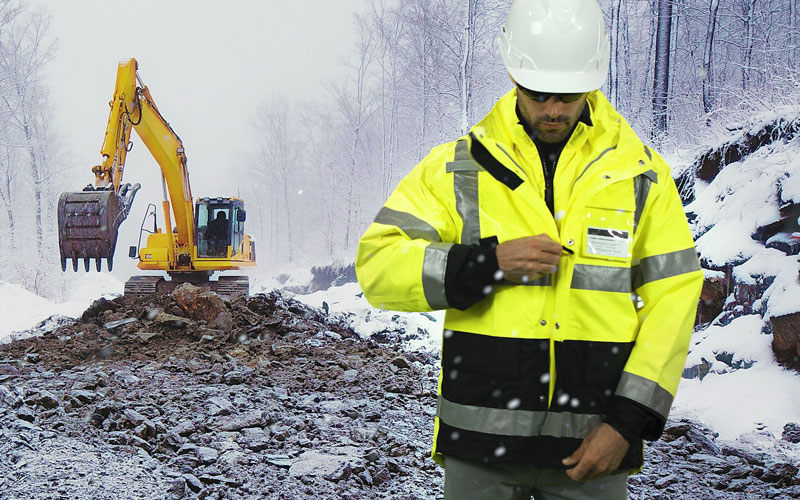Choosing The Right Hi-Vis Gear: ANSI 107 Hi-Vis Apparel Guide
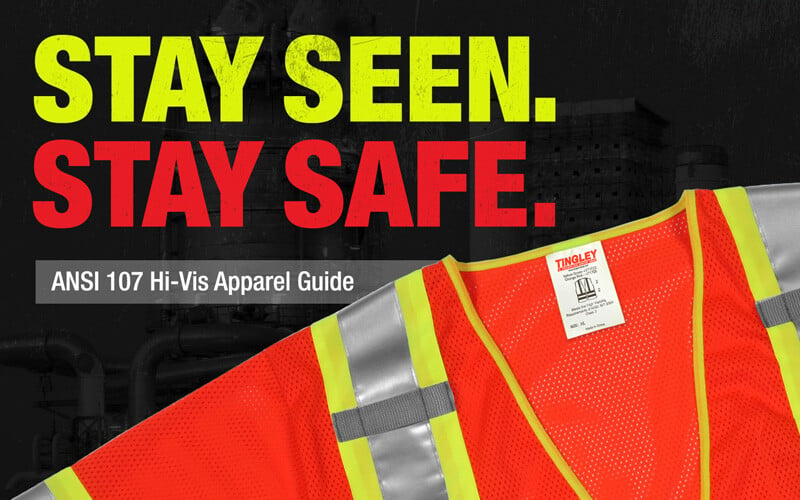
Discover how to enhance safety and visibility on the job with our comprehensive guide to ANSI 107 compliant hi-vis apparel.
Understanding ANSI 107 Standards For Hi-Vis Apparel
Hi-vis apparel plays a crucial role in enhancing safety and visibility in various work environments. The American National Standards Institute (ANSI) has developed standards, specifically ANSI 107, to ensure the effectiveness and quality of hi-vis gear. Understanding these standards is essential for selecting the right hi-vis apparel for your needs.
ANSI 107 provides guidelines for the design, performance, and materials of hi-vis apparel. It classifies high-visibility garments into three different types: Type O, Type R, and Type P. Each type has specific requirements regarding the amount of visible material and reflective tape, as well as color and design. It is important to choose the appropriate type based on the working conditions and job requirements. Similarly, ANSI 107 has classes based on performance levels and teh amount of visibility the apparel offers:

Additionally, ANSI 107 sets standards for the retroreflective performance of hi-vis apparel. Retroreflective materials are designed to reflect light back to its source, making the wearer more visible in low-light or nighttime conditions. The standards specify the minimum amount of retroreflective material required for each type of garment, ensuring optimal visibility and safety.
By understanding and adhering to ANSI 107 standards, you can select hi-vis apparel that meets the necessary safety requirements for your work environment.
Key Features of High-Quality Hi-Vis Gear
When choosing hi-vis gear, it is important to consider the key features that contribute to its quality and effectiveness. Here are some important features to look for:
1. Bright and vibrant colors: Hi-vis gear should have bright colors, such as fluorescent yellow, orange, or lime green, that can easily catch the attention of others. These colors provide contrast against the background and make the wearer more visible.
2. Reflective tape: Hi-vis gear should have reflective tape strategically placed to enhance visibility. The tape should be of high quality and meet ANSI 107 standards for retroreflective performance.
3. Breathability and comfort: It is important for hi-vis gear to be comfortable to wear, especially for long hours. Look for apparel made with breathable and lightweight materials that allow for proper ventilation and moisture-wicking.
4. Durability: Hi-vis gear should be able to withstand the rigors of the work environment. Look for apparel that is made with durable materials and has reinforced stitching to ensure longevity.
5. Proper fit: Hi-vis gear should fit properly to ensure maximum visibility and ease of movement. Look for options that offer different sizes and adjustable features to accommodate various body types.
6. Identification: Manufacturers, including Tingley, add pertinent information to their labels to help you better ensure compliance at a glance:

Selecting the Right Hi-Vis Apparel For Different Work Environments
Different work environments have varying safety requirements and conditions that need to be considered when selecting hi-vis apparel. Here are some factors to keep in mind:
1. Type of work: Determine the nature of the work being performed and the specific hazards involved. For example, construction sites may require different types of hi-vis apparel compared to roadwork or warehouse environments.
2. Visibility requirements: Assess the visibility needs of the work environment. Consider factors such as lighting conditions, distance from moving vehicles or machinery, and the presence of other workers. This will help determine the appropriate level of visibility needed from the hi-vis gear.
3. Climate and weather conditions: Take into account the climate and weather conditions of the work environment. If working in hot and humid conditions, look for hi-vis apparel that is breathable and moisture-wicking. In colder climates, consider layering options for added warmth.
4. Job-specific requirements: Some industries or job roles may have specific requirements for hi-vis apparel. For example, firefighters may need flame-resistant hi-vis gear, while electricians may require arc-rated hi-vis clothing. Ensure that the selected apparel meets any industry-specific standards or regulations. Tingley Eclipse™ Protective Apparel is available with hi-vis components and offers multi-hazard protection, making the line a good choice for pipeline, petrochemical, electric, and gas utility workers.
By considering these factors and selecting hi-vis apparel tailored to the specific work environment, you can enhance safety and visibility for yourself and your team.
Legal Requirements and Compliance For Hi-Vis Apparel
In many industries and work environments, there are legal requirements and regulations regarding the use of hi-vis apparel. It is important to understand and comply with these regulations to ensure the safety of workers and avoid penalties or fines.
The specific legal requirements for hi-vis apparel can vary depending on the country, state, or industry. However, some common regulations include:
1. Mandatory use: Certain industries, such as construction, roadwork, and emergency services, may have regulations that require workers to wear hi-vis apparel. These regulations are in place to minimize the risk of accidents and improve visibility.
2. ANSI 107 compliance: ANSI 107 standards are widely recognized and followed in many industries. Compliance with these standards ensures that hi-vis apparel meets the necessary visibility and performance requirements.
3. Color and design regulations: Some industries may have specific regulations regarding the color and design of hi-vis apparel. For example, roadwork may require orange hi-vis gear, while construction sites may require yellow or lime green.
4. Maintenance and replacement: Regular maintenance and replacement of hi-vis apparel may be required to ensure its effectiveness. This can include cleaning and inspecting the gear for any damages or wear and tear.
It is important to stay informed about the legal requirements and current OSHA compliance standards relevant to your industry and work environment. By doing so, you can ensure that your hi-vis apparel meets current regulations, keeping you and your team safe and compliant.
For assistance choosing the right Hi-Viz gear for your team, job site, or application, please contact the A&M Industrial Safety Team.
We Can Help You increase your Safety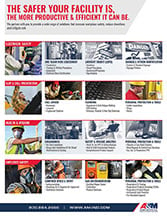
The A&M Industrial Safety Team includes experienced safety professionals that offer a wide variety of safety services including Lockout Tagout, Respirator Fit Testing, and On-Site Safety Assessments. Our team can help you identify the right Tingley Hi-Vis personal protective gear for your application and industry. Download a listing of our safety services or contact the A&M Safety Team for more information.
